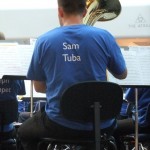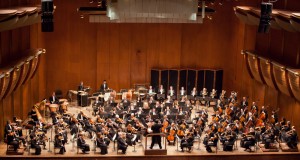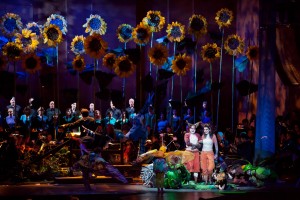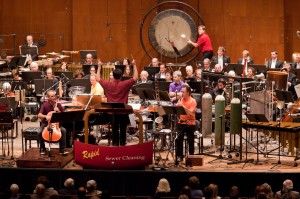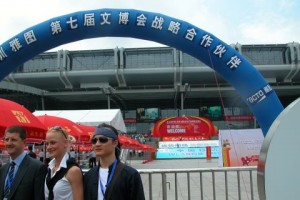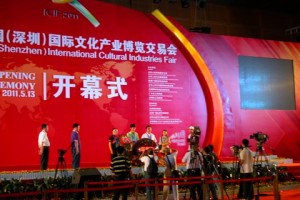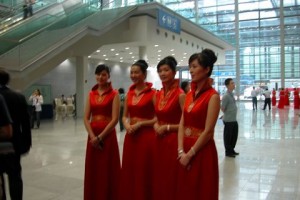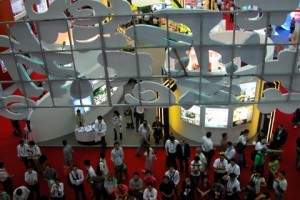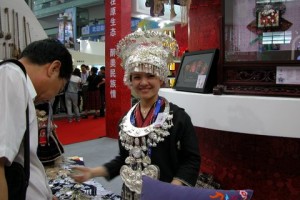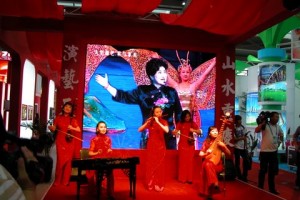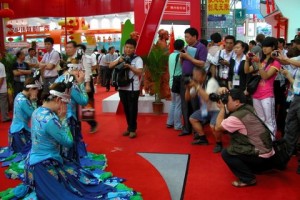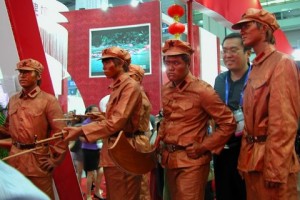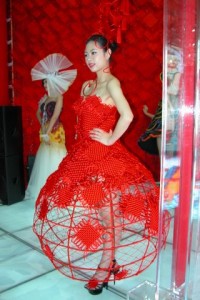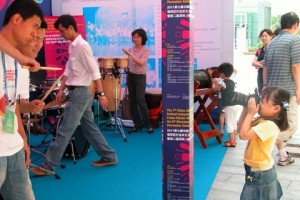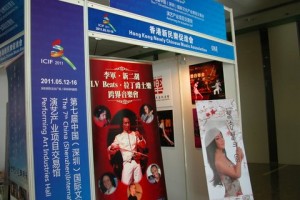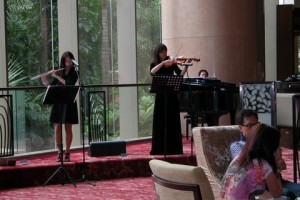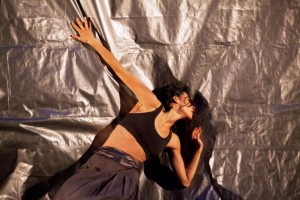By Edna Landau
To ask a question, please write Ask Edna.
Dear Edna:
I have thoroughly enjoyed reading your blog. The wealth of information you have to offer is inspiring, encouraging and exciting.
While studying at USC, days, weeks and terms were structured around the immediate demands and deadlines of academic and musical requirements. Preparations for outside competitions and performances, trips home for family time, and summer music festivals filled out the time. As I worked within this structure, I also put a lot of effort into things like developing a contact list, learning how to use a website for publicity, creating programs that sell and teaching myself how to prepare a press packet. Mostly, though, my focus was on my product: making music. Now, out of school and without an agent, I’m faced with an overwhelming amount of logistical and technical tasks that devour my time and energy. I know I’m not as efficient as I could be. Taking time to post updates and keep in touch with my fans often means I don’t practice enough. Do you have any suggestions on how to manage the artistic vs. the logistical parts of one’s career without an agent? –Hunter Noack
Dear Hunter:
Thank you for your lovely comments on my blog. Your question is an excellent one and is probably shared by many more of our readers.
It seems to me that time management is a universal challenge, especially in these fast-paced times when it is easy to be engulfed by e-mails and an array of social media. Most people are up against some type of deadlines in their daily life but creative artists, who make their living in the public arena and who are expected to maintain the very high level of performance to which their public has become accustomed, find themselves subject to even greater pressure. From all I have read, and from my own experience, the answer seems to lie in breaking down masses of looming tasks into manageable bits and once they have been prioritized, employing rigorous self-discipline in monitoring one’s progress with dispatching them on a daily basis.
Apart from attending to one’s physical and mental health and family responsibilities, a musician’s first priority must be to lock in enough practice time. If you are a morning person and can start your day that way, you run less of a risk of being distracted by electronic messages that might quickly swallow up hours of your time. You will also benefit from a sense of accomplishment that will enhance your efficiency in tackling the remaining tasks of the day. Those tasks will have ideally been itemized by you in advance in whatever form of calendar system works best for you. Mark McCormack, the legendary chairman of my long time employer, IMG, had a lined yellow pad with his “To Do” list on his desk every time I met with him. A surprising number of people I know, young and older (myself included), still prefer such a lined yellow pad or notebook. We are never “listless” and we enjoy the satisfaction that comes with crossing out items on the pad. We start each day reviewing our intended plan and at the end of each day, whatever didn’t get done goes on the next day’s list. Many of us also keep a separate list for longer-term goals which we review once or twice a week. Angela Myles Beeching, in her valuable book Beyond Talent which devotes a substantial section to time and financial management, writes about “backward planning” for larger projects. She suggests starting with the date of an upcoming event, such as a performance, and working backwards to establish “benchmark deadlines”. This entails breaking down the overall work that needs to be done into manageable pieces with their own deadlines. So, for example, you establish deadlines for memorizing the works, running the program through in advance, sending invitations to your contacts, etc. I use a Week-at-a-Glance calendar and find it helpful to assign my longer-term goals to specific days so that they pop up when that day rolls around and when I know they can no longer be postponed. A colleague of mine told me that she separates out such objectives by keeping memos with different titles in her Blackberry and updating and adding to them as needed. These types of systems help greatly to reduce stress and make the overall volume of tasks requiring attention seem less overwhelming.
In my opinion, the most important aspect of effective time management is maintaining control of each and every day. Just because someone sent you an e-mail or Facebook message doesn’t mean you have to answer them right away. Try to set aside a consistent time each day to attend to these communications or, if necessary, every other day. You can certainly glance quickly at your messages once or twice a day to make sure you aren’t missing something important but otherwise, don’t allow them to distract you. I find it helpful to mark as “unread” e-mail messages that I know require time and attention that I don’t currently have. I make sure to return to them within a day or two. It is also helpful to print or file attachments that you know you will find informative but that don’t need to be read immediately. They make for great airplane reading! Try to set aside a specific block of time each week for tasks such as website maintenance, Facebook postings (that aren’t time sensitive), updating your contact list, sending out event invitations and uploading videos on YouTube. Of course, we haven’t mentioned phone calls. (Does anyone make them any more?!). Phone calls that you might initiate in an attempt to secure new opportunities for yourself could be added to this weekly block of time, as long as it occurs during business hours. Responding to business-related calls initiated by others should obviously happen in as timely a fashion as possible. If you are unsuccessful in reaching someone, put reminders to try again on your daily “To Do” list.
Clearly, there is no single time management system that works for everyone. I encourage you to speak with your friends and fellow musicians to see what works for them. I also hope that our readers will write in with specific tips and approaches that they have found effective. We can all benefit from that as I have yet to meet a person who is overly well-organized!
To ask a question, please write Ask Edna.
© Edna Landau 2011
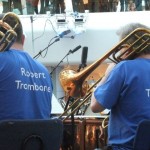 known as the BBC Proms, was out on the promo trail last week, playing a free concert in Europe’s largest urban retail mall, conveniently situated just up the road from the BBC . The event set out to attract new audiences, in the hope that they might be tempted into the Royal Albert Hall during the summer.
known as the BBC Proms, was out on the promo trail last week, playing a free concert in Europe’s largest urban retail mall, conveniently situated just up the road from the BBC . The event set out to attract new audiences, in the hope that they might be tempted into the Royal Albert Hall during the summer. The promo team had managed to round up the entire orchestra with the exception of one young man in the percussion section who clearly didn’t know who he was.
The promo team had managed to round up the entire orchestra with the exception of one young man in the percussion section who clearly didn’t know who he was.